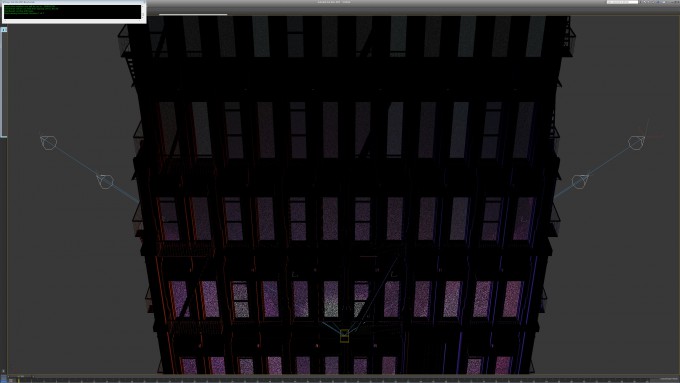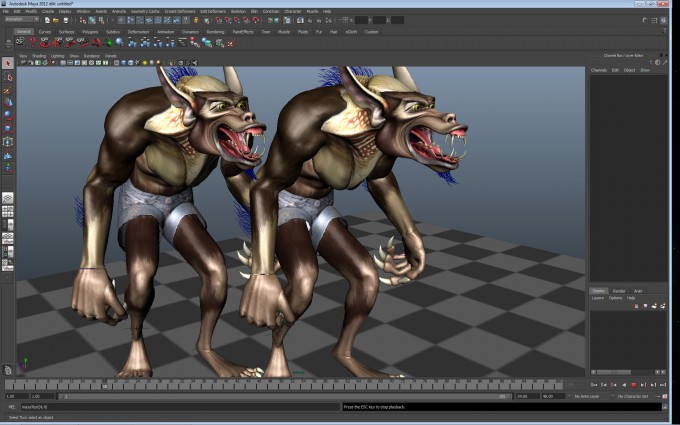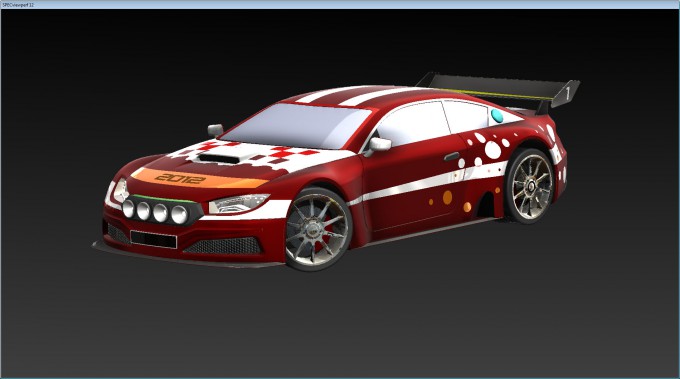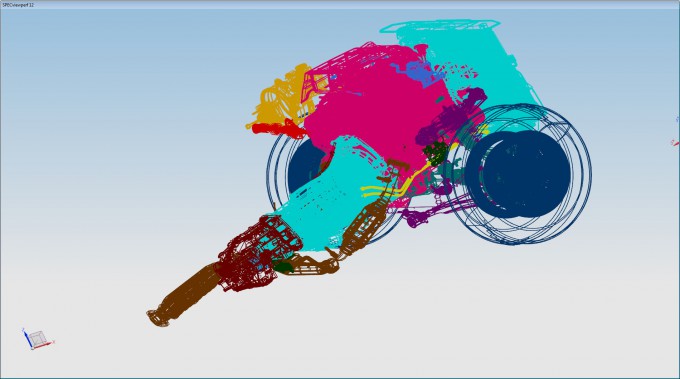- Qualcomm Launches Snapdragon 4 Gen 2 Mobile Platform
- AMD Launches Ryzen PRO 7000 Series Mobile & Desktop Platform
- Intel Launches Sleek Single-Slot Arc Pro A60 Workstation Graphics Card
- NVIDIA Announces Latest Ada Lovelace Additions: GeForce RTX 4060 Ti & RTX 4060
- Maxon Redshift With AMD Radeon GPU Rendering Support Now Available
Maxwell Quadro For All: NVIDIA Quadro M2000 Workstation Graphics Card Review

To those who’ve been waiting for a mid-range Maxwell Quadro to come along: your wait is over. To help wrap up its Maxwell-based lineup, NVIDIA’s Quadro team has released the ~$500 M2000. This card is largely targeted at CAD users and those with lighter 3D design needs, and promises to be much more efficient – and faster overall – than its predecessor. We gave the card a thorough test to see just how true that is.
Page 4 – SPEC: SPECapc 3ds Max & Maya, SPECviewperf & SPECwpc
When it comes to benchmarking hardware for serious use cases, there are no better people to turn to than those at SPEC. I like to call them the “masters of benchmarking”, as each one of their tools are meticulously crafted by professionals to deliver results as relevant and accurate as possible – a goal shared by us at Techgage.
For testing the performance of workstation cards, we take advantage of two SPECapc benchmarks – 3ds Max 2015 and Maya 2012 – as well as two that don’t require a standalone application: SPECviewperf and SPECwpc. While the Maya benchmark might be growing a little long in the tooth at this point, it still scales well with current GPUs.
SPECapc 3ds Max 2015
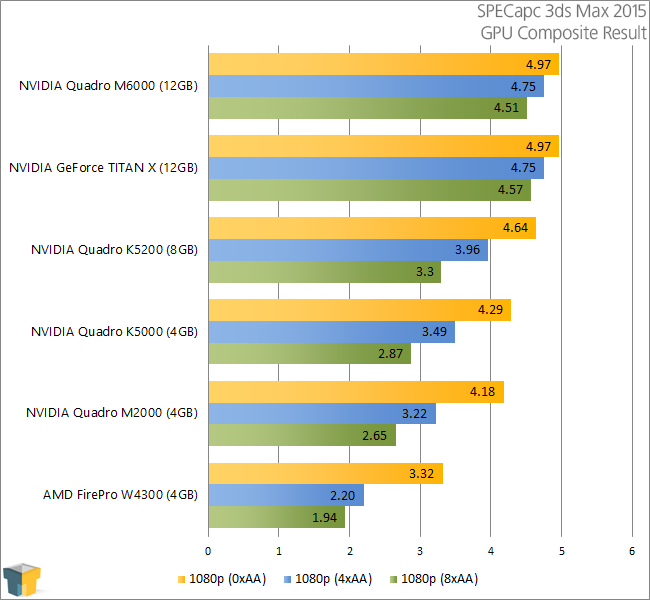
| M2000 | K5200 | K5000 | W4300 | |
| 1080p 0xAA (CPU) | 5.88 | 5.90 | 5.90 | 5.89 |
| 1080p 4xAA (CPU) | 5.87 | 5.87 | 5.82 | 5.88 |
| 1080p 8xAA (CPU) | 5.87 | 5.86 | 5.90 | 5.87 |
| 1080p 0xAA (Large Model) | 4.59 | 4.53 | 4.44 | 3.65 |
| 1080p 4xAA (Large Model) | 3.64 | 3.65 | 3.07 | 2.07 |
| 1080p 8xAA (Large Model) | 3.29 | 2.90 | 2.41 | 2.01 |
I mentioned before that NVIDIA’s Quadro M2000 is designed for both CAD use and lighter 3D design / rendering, and the performance from SPECapc 3ds Max 2015 helps prove it. In this particular case, the M2000 soared past AMD’s FirePro W4300. The M2000 should cost at least 33% more than the W4300, though, so performance actually scales well with price in this test.
It’s worth highlighting the fact that while the M2000 did manage to beat out the K5200 in the “Large Model” result, it’s the overall GPU result that holds it back – but only slightly.
SPECapc Maya 2012
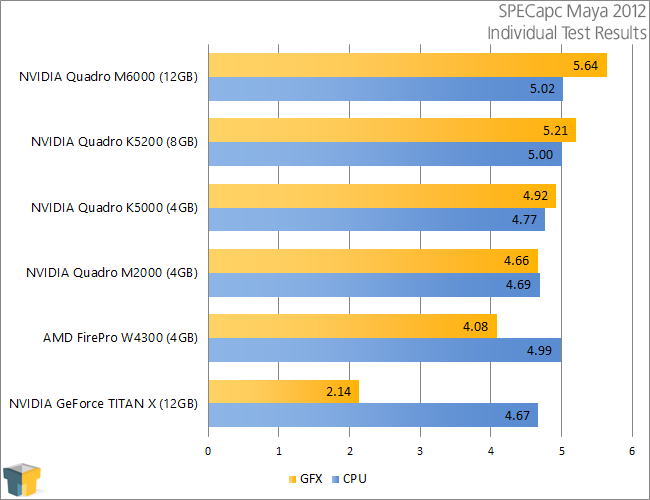
| M2000 | K5200 | K5000 | W4300 | |
| Shaded | 4.09 | 4.48 | 4.52 | 3.75 |
| Shaded HQ | 5.13 | 6.08 | 5.17 | 4.34 |
| Textured | 4.39 | 4.70 | 4.75 | 3.84 |
| Textured HQ | 5.75 | 6.85 | 5.81 | 4.85 |
| Wireframe | 3.66 | 3.81 | 3.89 | 3.49 |
| Selected | 4.72 | 5.15 | 5.18 | 3.89 |
| Highlighted | 4.69 | 4.97 | 5.01 | 4.07 |
The overall differences in this test don’t vary too much, even between the bottom and top of the Quadro product stack. This is one test that highlights the benefits of using Quadro – and its drivers – for select applications. The GeForce TITAN X, which is almost identical in specs to the Quadro M6000, falls way behind overall.
SPECviewperf 12
Whereas both SPECapc benchmarks used above stress a variety of different components of their respective tools, SPECviewperf’s target is singular: viewport performance. One reason I like this test is because it utilizes software we couldn’t otherwise test with (due to the lack of a license); namely CATIA, SolidWorks, and Siemens NX.
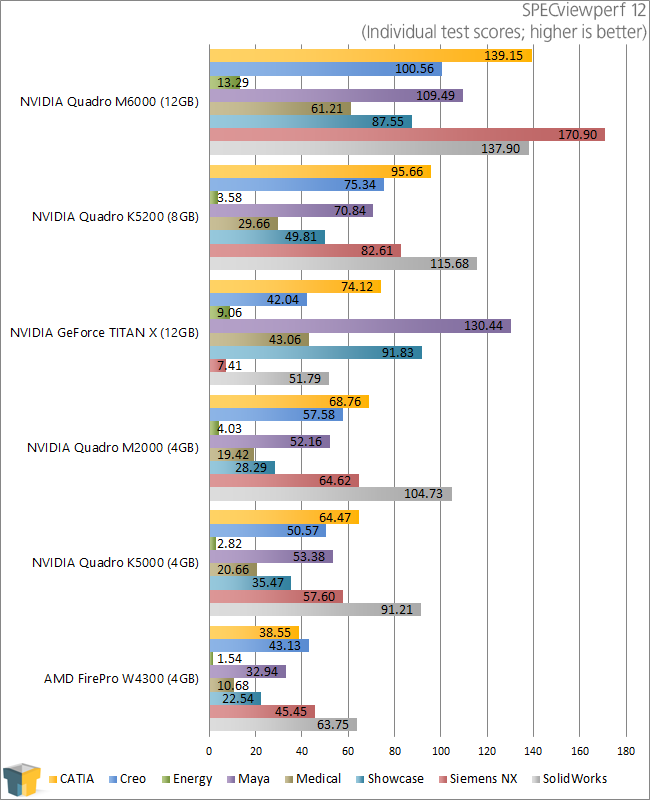
In most of the results up to this point, the K5000 has easily beaten out the M2000 – but some major exceptions are made here. In SolidWorks, Siemens NX, Medical, Energy, CREO and CATIA, the M2000 conquers the K5000. It likewise offers notable performance boosts in all tests versus the W4300.
SPECwpc
The “w” in SPECwpc stands for “workstation”, and it acts as a bit of an “overall” testing suite. In some ways, it combines the goals of its other tests and combines them into a single benchmark. Thus, the results are split into six categories, and the result of one might matter more to some people than others.
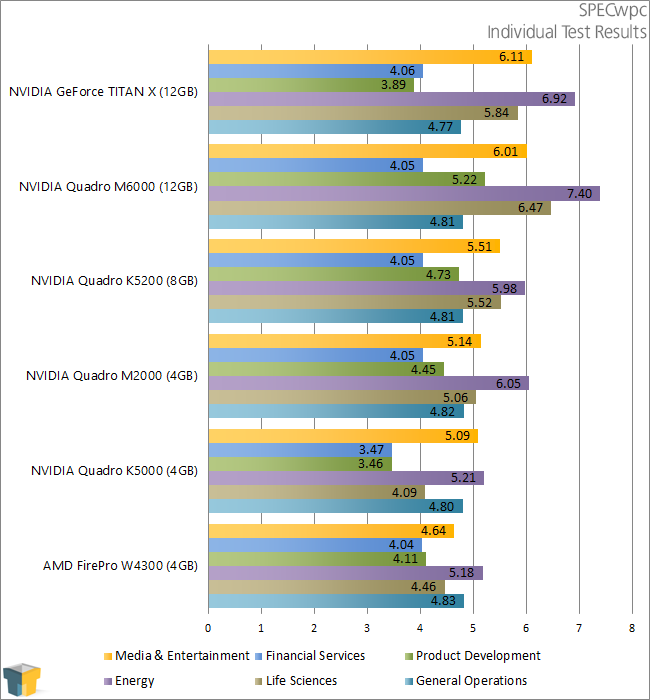
With all of what we’ve seen up to this point, it’s no surprise to see the M2000 come ahead of the W4300. AMD’s card does match the M2000 in two tests, though: General Operations and Energy.
Support our efforts! With ad revenue at an all-time low for written websites, we're relying more than ever on reader support to help us continue putting so much effort into this type of content. You can support us by becoming a Patron, or by using our Amazon shopping affiliate links listed through our articles. Thanks for your support!




